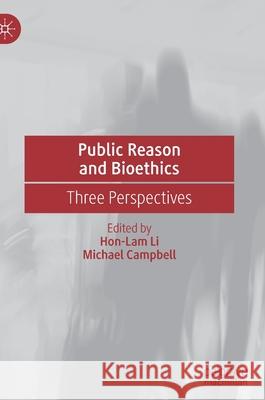Public Reason and Bioethics: Three Perspectives » książka
topmenu
Public Reason and Bioethics: Three Perspectives
ISBN-13: 9783030611699 / Angielski / Twarda / 2021 / 452 str.
Public Reason and Bioethics: Three Perspectives
ISBN-13: 9783030611699 / Angielski / Twarda / 2021 / 452 str.
cena 563,56
(netto: 536,72 VAT: 5%)
Najniższa cena z 30 dni: 539,74
(netto: 536,72 VAT: 5%)
Najniższa cena z 30 dni: 539,74
Termin realizacji zamówienia:
ok. 22 dni roboczych.
ok. 22 dni roboczych.
Darmowa dostawa!
Kategorie BISAC:
Wydawca:
Palgrave MacMillan
Język:
Angielski
ISBN-13:
9783030611699
Rok wydania:
2021
Wydanie:
2021
Ilość stron:
452
Waga:
0.72 kg
Wymiary:
21.01 x 14.81 x 2.87
Oprawa:
Twarda
Wolumenów:
01
Dodatkowe informacje:
Wydanie ilustrowane











